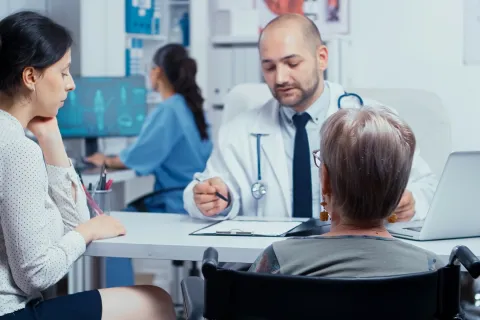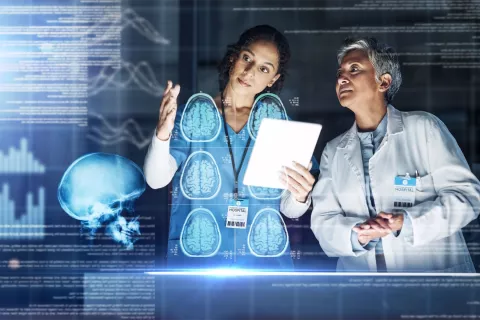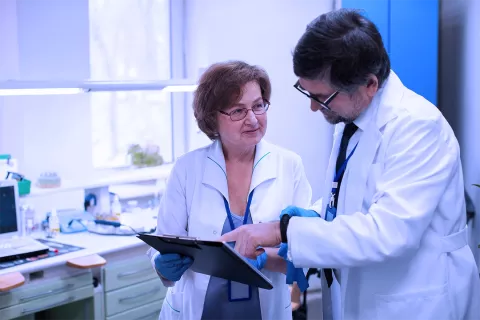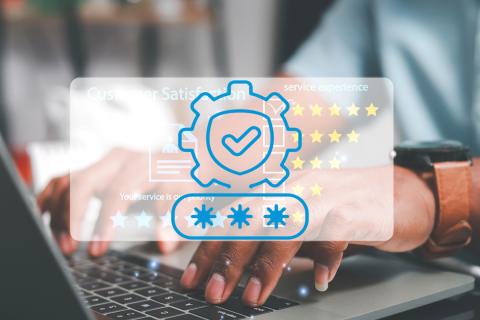In the evolving landscape of healthcare, evidence-based practice (EBP) is vital for ensuring high-quality patient care and informed decision-making. Translating EBP into health communication and patient education materials is a powerful strategy for enhancing patient outcomes and promoting health literacy. Here’s how EBP can be effectively communicated to patients and the public.
Understanding Evidence-Based Practice
Evidence-based practice is the conscientious use of current best evidence in making decisions about patient care. It integrates clinical expertise, patient values, and the best available evidence from systematic research. EBP aims to improve patient outcomes, enhance healthcare quality, and optimize resource use.
The Role of Health Communication in EBP
Effective health communication is crucial for translating EBP into actionable information for patients. It involves delivering clear, accurate, and relevant health information to help individuals make informed decisions about their health. Here are key strategies for translating EBP into health communication and patient education materials:
Simplify Complex Information
Healthcare professionals often use technical jargon and complex medical terms that can be difficult for patients to understand. Simplifying this information without compromising accuracy is essential. Use plain language, visual aids, and analogies to make the information more accessible. For example, instead of saying "hyperglycemia," use "high blood sugar levels.
Tailor Information to the Audience
Different patients have varying levels of health literacy, cultural backgrounds, and preferences. Tailoring information to meet the needs of specific audiences ensures better comprehension and engagement. This might involve creating materials in multiple languages, considering cultural sensitivities, and adjusting the reading level of written content.
Utilize Multiple Communication Channels
Different patients prefer different methods of receiving information. Utilizing a variety of communication channels—such as brochures, websites, videos, and mobile apps—can help reach a broader audience. Digital platforms, in particular, offer interactive and engaging ways to present health information.
Incorporate Visual Aids and Multimedia
Visual aids such as infographics, charts, and videos can enhance understanding and retention of information. They are particularly useful for explaining complex concepts and procedures. Multimedia content can also make the learning experience more engaging and less intimidating for patients
Emphasize the Practical Application
Patients are more likely to engage with information that directly applies to their daily lives. Emphasize practical tips and actionable steps they can take based on the evidence. For example, if discussing EBP related to diabetes management, provide clear guidelines on diet, exercise, and medication adherence.
Case Studies and Examples
Case Study 1: Diabetes Management
A healthcare provider develops a comprehensive patient education program for diabetes management based on EBP. The program includes:
- Simplified brochures explaining what diabetes is, how it affects the body, and the importance of managing blood sugar levels.
- Interactive online modules with videos demonstrating how to monitor blood sugar, administer insulin, and make healthy lifestyle choices.
- Multilingual resources tailored to the diverse patient population served by the clinic.
Case Study 2: Heart Health
A cardiology department uses EBP to create educational materials for patients with heart disease. The materials include:
- A mobile app that sends daily tips and reminders about medication, diet, and exercise.
- Infographics illustrating the impact of lifestyle changes on heart health.
- Support groups and workshops where patients can learn from healthcare professionals and share experiences with peers.
Challenges and Solutions
Challenge 1: Health Literacy
- Solution: Conduct assessments to understand the health literacy levels of the target audience and create materials that are easy to read and understand.
Challenge 2: Cultural Sensitivity
- Solution: Work with cultural experts and community leaders to ensure materials are culturally appropriate and resonate with the target audience.
Challenge 3: Keeping Information Updated
- Solution: Establish a regular review process to update educational materials based on the latest evidence and guidelines.
Conclusion
Translating evidence-based practice into effective health communication and patient education materials is essential for empowering patients and improving healthcare outcomes. By simplifying complex information, tailoring content to the audience, utilizing multiple communication channels, and incorporating visual aids, healthcare providers can enhance the impact of EBP. Freyr Solutions specializes in regulatory services and can assist life sciences companies in developing clear, concise, and impactful educational materials that bridge the gap between research and real-world application. Reach out to us to learn how we can support your healthcare communication strategies.










